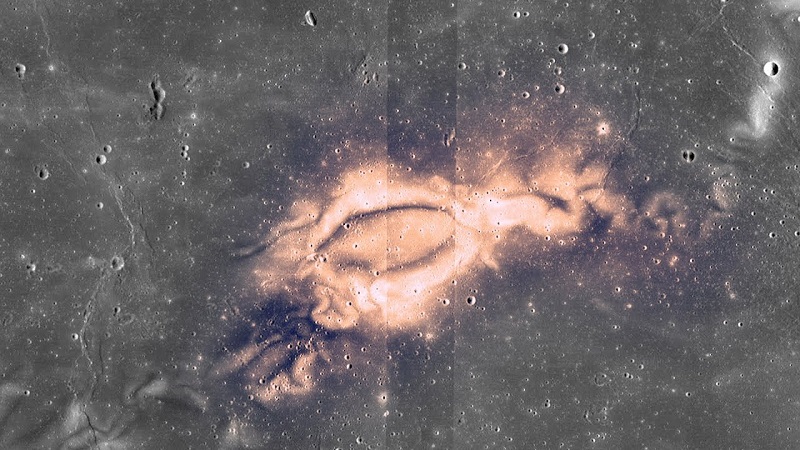
NASA has discovered that the Moons ‘sunburns’ — distinctive patterns of swirls — are a result of interactions between the Sun’s damaging radiation with pockets of the lunar magnetic field. Every object, planet or person travelling through space has to contend with the Sun’s damaging radiation. Research using data from NASA’s Acceleration, Reconnection, Turbulence and Electrodynamics of the Moon’s Interaction with the Sun (ARTEMIS)mission suggests that lunar swirls could be the result of solar wind interactions with the Moon’s isolated pockets of the magnetic field.
The Sun releases a continuous outflow of particles and radiation called the solar wind. The solar wind washes over the planets, moons and other bodies in our solar system, filling a bubble of space — called the heliosphere — that extends far past the orbit of Pluto.

On Earth, we are largely protected from the damaging effects of the solar wind. Since the solar wind is magnetised, Earth’s natural magnetic field deflects the solar wind particles around our planet so that only a small fraction of them reach our planet’s atmosphere. Unlike Earth, the Moon has no global magnetic field. However, magnetised rocks near the lunar surface do create small, localised spots of the magnetic field that extend anywhere from hundreds of yards to hundreds of miles. Researchers warned that this is the kind of information that needs to be well understood to better protect astronauts on the Moon from the effects of radiation.

Post Your Comments